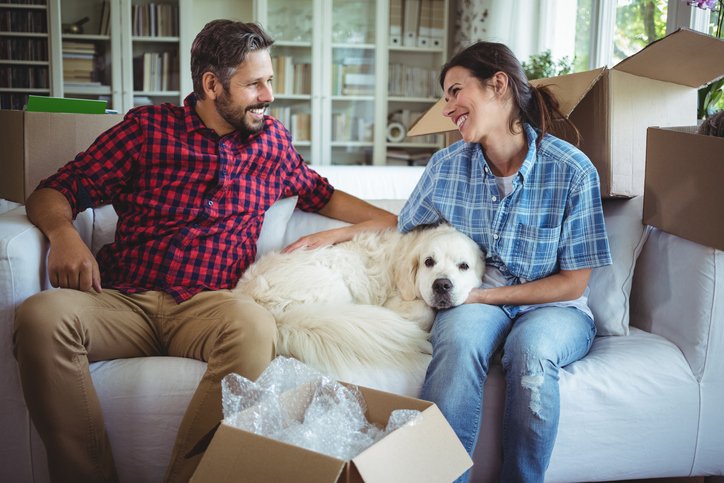Are you thinking about getting a second (or even third) dog for your pack? Adding a new dog can seem like a good idea-after all, your existing dog may be bored-but you can’t just throw a new dog into a household and hope that it’ll be okay. If you want to avoid upsetting and potentially damaging dog fights, you need to be prepared.
Don’t: Introduce Your Dog in the Home
Don’t just bring a new dog into your house. Your dog isn’t going to understand what’s happening. Your dog’s house is currently its safe space, and it looks to you as its owner to ensure that it remains safe. Some common advice is to keep dogs in separate rooms, so they can smell each other’s scents. This is valuable, but only after they have met.
Do: Introduce Your Dog on Neutral Territory
Go to a nearby park or dog park to introduce the two dogs, before they meet inside of your home. Spend some time with your dogs inside the park before you walk them into the house, so your dog understands that the new dog is coming with you.
Don’t: Push Your Dogs to Play
Your new dog and existing dog are going to take some time to get to know each other. Think about your best friends: you probably didn’t start being best friends immediately. Give them time to sniff each other and communicate with each other.
Do: Take Your Dogs for a Walk
Walking side-by-side is a great way to get dogs to get to know each other, as well as to start trusting each other. As you walk them side-by-side, pay attention to their body language. Ears down and mouth snarling is a bad sign of aggression but it can be worked out. Just know when to pull back so you don’t escalate.
While walking, don’t pull your leash too tight. Keep it loose. It’s not to control the dog on the walk, but rather to make sure the situation doesn’t get out of control if there’s a fight. A tight leash can induce leash aggression.
Don’t: Leave Food or Treats Out
Your home should be prepped before you bring a new dog in. Remove any high-value treats, toys, and chews, and any food bowls. You don’t want the existing dog to start resource guarding its food. Take some time to walk the new dog through the house and show it where it should sleep and eat. This area should be separate from the existing dog.
Do: Reward Dogs for Playing Nicely
When your dogs do start playing together, make sure to give them treats as a reward. Buy some new toys for them to share, and make sure each of them has enough toys and treats that they don’t begin to feel jealous. Your new dog doesn’t know how long your existing dog has been with you, and your existing dog doesn’t know why a new dog is there.
Don’t: Leave Dogs Together Unsupervised
Do: Hold Sessions of Supervised Play
As your dogs get to know each other, set aside time specifically to play with both of them together. An agility course in your backyard is a great way to get out some energy. Remember: tired dogs are good dogs.
If you walked into your house one day and there was a strange person there, you probably would be very upset. Introducing two dogs is a lot about adding context. For your old dog, you need to show yourself welcoming the new dog in. For your new dog, you need to show them that it’s a place where they can feel safe.
And it always helps when you have well-trained dogs. For more information about training your dogs, contact us at Elite Dogs Training and Boarding.

